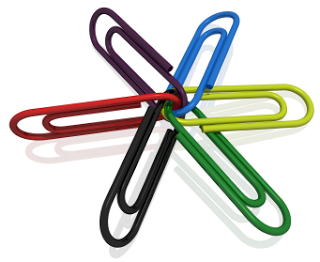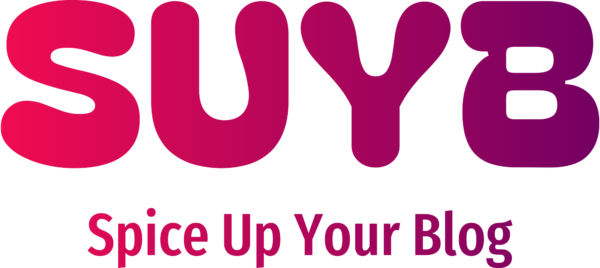With the myriad of recent changes to Google’s algorithm it can seem very difficult to navigate yourself through the stormy waters of Search Marketing nowadays. Recent Penguin and Panda updates have turned previously accepted SEO practices on their head.
For example, the once widely accepted technique of using exact match domains to target specific keywords has now been targeted and devalued by the search engine. It has to be said, though, that this particular change has been on the cards for some time, and actually does make a lot of sense. It’s another fairly recent update that I want to focus on in this post, however, an update that penalised sites that were too reliant on keyword anchor text links. I’ll explore our real life experiences in this area and offer some practical advice that you can apply to your own sites.

Wild West SEO
Let’s start with the basics. In the old ‘Wild West’ days of SEO if you wanted to rank for a particular keyword all you had to do was stuff the page in question with your target keyword (as well as your meta title and description), and then build backlinks with the keyword as the anchor text. This pretty much guaranteed success, as long as you put the work in. Fast forward to today, and the days of such cowboy SEO practices are pretty much over – the Wild West has been tamed by Sheriff Google. Indeed, a lot of sites that have a high percentage of keyword anchor text links in their profile have dropped considerably in the rankings. One of my early sites, an affiliate site promoting photographic products literally dropped from the rankings overnight. Upon further analysis I identified that 70% of the links used keyword based anchor text – a percentage that is way too high, and consequently unnatural in its appearance to Google.
Fortunately, my more recent sites were built on a much firmer foundation of predominantly brand-based links, and hence they have flourished. But what exactly should you do if you find that one of your sites has been affected in a similar way?
A Natural Link Profile
The first thing to do is remain calm. Put yourself in Google’s position and really think about what they want to see in a link profile – a natural profile is one that appears organic, one that has grown and developed over time and has a wide variety of link types, from a diverse pool of domains. A natural link profile would also feature a fairly high percentage of brand links, and (horror of horrors) even a few mundane ‘click here’ links. What a natural profile wouldn’t feature is tons and tons of artificially manipulated keyword anchor text links. When we carry out link building work for our clients we generally build at least 70% as brand links, i.e. those that are brand names, the site URL or variations of these.
In numerous experiments published online the sites that have benefited most from recent algo changes are those that have 80%+ brand links in their link profile. I’m not saying you shouldn’t build keyword based anchor text links, just that these should be a small percentage of your overall profile. So, if your site has suffered from having too many keyword rich anchor text links, you need to build a more balanced link profile. Focus predominantly on building brand links, and get these from diverse, quality sources such as guest blog posts for example. It can take a long time for your site to recover from such a penalty, but if you work patiently at ‘correcting’ your link profile you have every chance at making it.
Google Disavow Tool
If upon further analysis you find that you have some questionable backlinks in your profile, you may improve your chances of recovery by removing the links in question. First of all, try to contact the relevant webmasters with a personalised link removal request. If this doesn’t work you can utilise Google’s new ‘Disavow tool’ at: https://www.google.com/webmasters/tools/disavow-links-main
Another tip that has worked well for clients is building a small percentage of ‘hybrid’ anchor links. These combine your brand name with the keywords you are targeting. For example, let’s say that you are an electrician based in London and your company name is ‘Smith & Sons Electricians’. You could then build a hybrid link such as ‘Smith & Sons- London Electricians’. This is a much more balanced way of weaving in elements of your target keywords to your link profile.
To sum up then- make sure you think about your link profile carefully, and ensure that is built upon diverse, natural, quality foundations with a natural balance of brand and keyword based anchor links. Above all, be patient!











